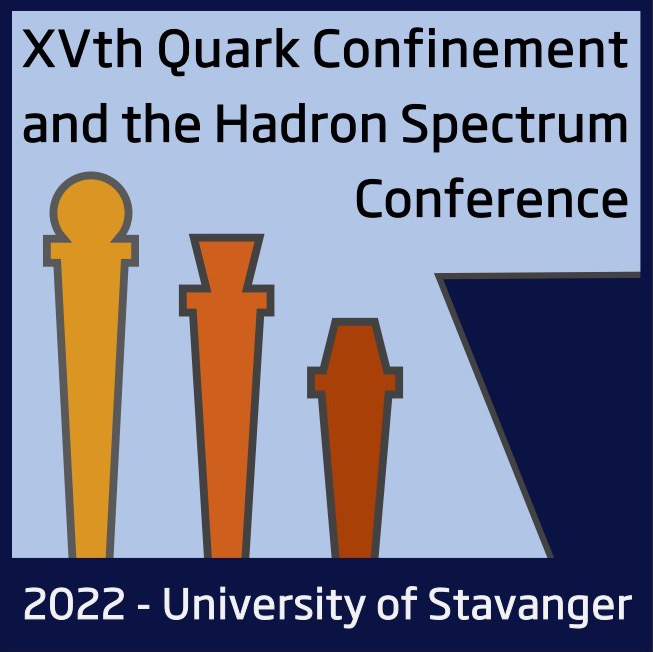Speaker
Description
In many physical applications, bound states and/or resonances are observed, which raises the question whether these states are elementary or composite. This talk deals with the calculation of the degree of composition (X) of bound or resonant states. We fist review the “classical” formalism to afford this problem for a bound state in nonrelativistic (NR) Quantum Mechanics (QM). Then, we show how these results can also be obtained by applying Quantum Field Theory (QFT) techniques with the insertion of particle number operators. For the case of resonances we discuss first a quantum mechanical result that shows that resonance states are normalizable to 1 in NR QM in pure potential scattering. This result is also obtained within the treatment based on the particle number operators in QFT, which allows a straightforward extension to coupled-channels. We then discuss the case of energy dependent potentials which give rise to a degree of compositeness less than 1 for bound states. For resonances X is typically complex and we argue about how to get real, meaningful results for them using certain phase transformations in the S matrix. The generation of elementariness in the scattering amplitudes for a given dynamics is treated by introducing CDD poles. For several situations of phenomenological interest, formulas are given that allow evaluating X from the knowledge of the scattering amplitude. Some examples of resonances where these techniques have been applied are presented.

